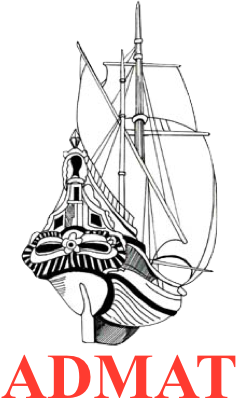Le Dragon Wreck 2019 Project
The Mission
The objective of the survey was to take an international team of students and volunteers’ during July 2019, to investigate certain aspects of Le Dragon wreck site following the previous year’s success. The objectives for this year were to aim to locate the missing 9 pdr cannons and swivel cannons, the anchors which were deployed to “steer” the boat onto the beach missing the reefs on both sides and other parts of the ships hull. The Team were all keen to get started and to discover as much as we could from this historic wreck site.
The project was led by Dr Simon Spooner and assisted by Project Manager Raimund Krob. The team included members: Rami Rodriguez, Sandy Penya, Bianka Tatis, Lt Ventura (ONPCS) from the Dominican Republic; Dr Florence Prudhomme and Dr Francois Gendron (based in Paris) and Dr Louis Desvernay from France; Raimund Krob from Canada: Steven Fhren, Stephen Abell, Jessica Piner and Robert Yee from the USA, Connor Grzesiak from Australia and Dr Simon Spooner and Sqn. Ldr. Jeremy Schomberg (back in the UK) from England.
The archaeological work was undertaken for the Government of the Dominican Republic under the authority of Ministerio de Cultura Oficina Nacional de Patrimonio Cultural Subacuático (ONPCS). ADMAT is grateful for the kind assistance of Juan Lopez the Director-General and special assistance from Francis Soto, Director of ONPCS.
Some of the ADMAT Le Dragon Maritime Archaeological Survey 2019 Team.
Training
As normal one of the first tasks is to get the team to learn or undertake refresher courses. We train the team with our special courses the ADMAT Underwater Survey Diver, ADMAT Proton Magnetometer Diver and the ADMAT Artefact Handling courses. We also teach them how to operate the air compressor for filling the tanks and how to build the survey grid. Additional courses wee run by Raimund on outboard maintenance, ensuring ADMAT’s 15 hp outboard was fully operational.
On the underwater surveying skills, measuring is an important aspect of our survey skills and one which needs lots of lovely practice. One of the first skills is to measure the granite blocks from The Tile Wreck which have been placed into one of the conservation tanks. These have been put in the same position as they were found on the port amidships section of the cargo deck. Once they can do this then the tank is flooded and they repeat the task underwater. Then they compare the drawings to see how good they are.
In addition, training is given on geophysical survey equipment. The Team are trained to use the Aquascan DX200 Gradiometer and the Aquapulse 1b underwater metal detectors. These skills are undertaken on land first before they use them on the wreck site.











